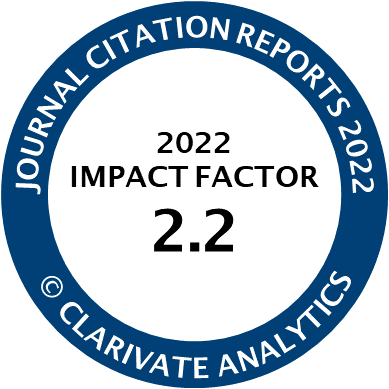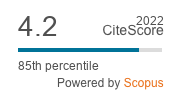Commentary | Open Access
EU Institutional Politics of Secrecy and Transparency in Foreign Affairs: A Commentary
| Views: | 1982 | | | Downloads: | 984 |
Abstract: International diplomacy has long been regarded as the domain of an elite hand-picked few, instructed and groomed in something considered an art form. Both the secrecy and the pomp have their rational place. Political interventions from regime change through to more standard economic and social challenges cue both subtle and dramatic shifts in relationships and alignments and diplomats must rightly handle such situations with great delicacy. Premature or too much public disclosure about diplomatic exchanges could risk undermining the mutual trust and confidence on which the conduct of international relations and negotiations depends. The question of course concerns the determination of what constitutes ‘premature’ or ‘too much’ and who decides the point at which public access can or should occur. We have certainly seen a trend towards greater transparency in foreign affairs in recent times, but this will always remain one of the most sensitive areas for national governments and international organisations. Contributors to this publication pose important questions about transparency in the context of foreign affairs at EU level. The question ‘How much is enough?’ is particularly pertinent. I welcome the exploration of topics of secrecy and transparency in this thematic issue and look forward to further contributions as the theory and practice of the ideas put forward are developed.
Keywords: access to information; diplomacy; EU foreign affairs; EU institutions; negotiations; secrecy; transparency
Published:
© Emily O'Reilly. This is an open access article distributed under the terms of the Creative Commons Attribution 4.0 license (http://creativecommons.org/licenses/by/4.0), which permits any use, distribution, and reproduction of the work without further permission provided the original author(s) and source are credited.




